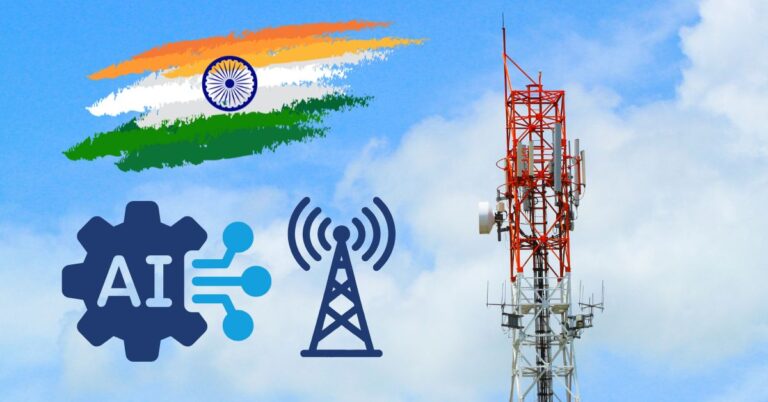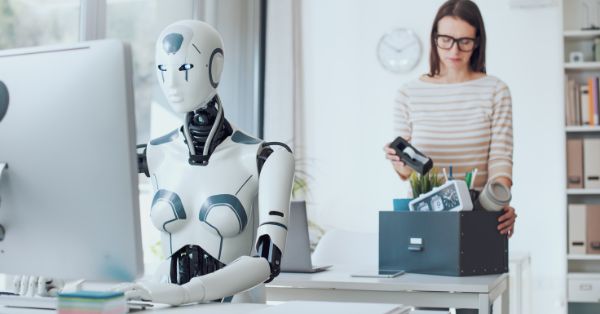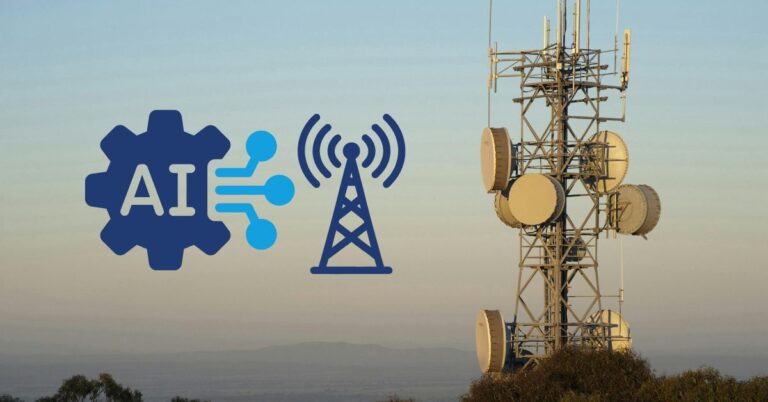The Consumer Technology Association (CTA), NCTA – The Internet & Television Association (NCTA), Pacific Gas & Electric (PG&E), broadband internet service providers, and home network device manufacturers have announced an extension of the Voluntary Agreement aimed at improving the energy efficiency of home internet equipment through 2028.
This industry-led initiative sets more rigorous energy-efficiency targets, ensuring that new devices such as modems, routers, and Wi-Fi extenders will consume even less power, reducing overall energy use while supporting increased broadband performance. The new efficiency levels are projected to enhance device efficiency by an additional 10% starting in 2026.
How the Broadband Industry Has Cut Energy Use by 89% Since 2015
Originally established in 2015, the Voluntary Agreement for Small Network Equipment (SNE) Efficiency has been instrumental in improving energy efficiency across home broadband devices while keeping pace with advancing technology.
New Energy Efficiency Report: 98.6% of Home Internet Devices Meet Standards
The latest independent report, evaluating more than 400 home network device models, underscores the success of the agreement:
- 98.6% of devices met the 2023 energy-efficiency targets (Tier 3 levels).
- Since 2015, energy efficiency has improved by 89% relative to broadband speeds.
- Broadband providers and device manufacturers have consistently exceeded the 90% efficiency compliance threshold.
- Future energy efficiency Tier 4 levels are already being developed for continued reductions in power consumption.
“These results showcase how industry collaboration can drive meaningful energy efficiency improvements while fostering innovation,” said Ally Peck, Senior Manager of Environmental Policy and Sustainability at CTA.
How ISPs and Manufacturers Ensure Energy-Efficient Home Internet Devices
Under the agreement, 90% of all new home internet devices purchased by service providers or sold by manufacturers must meet the latest energy-efficiency standards. Devices covered include:
- Broadband Modems – Devices that provide high-speed internet access.
- Integrated Access Devices (IADs) – Modems with built-in routers and/or VoIP capabilities.
- Local Network Equipment (LNEs) – Standalone routers, network extenders, and access points.
The Independent Administrator and Auditor, D+R International, ensures compliance through third-party audits and lab testing. In 2023, all audited devices met the required efficiency levels.
Wi-Fi 6E & Fiber Growth: Balancing Performance with Energy Savings
The 2023 report highlights a 6% increase in power consumption compared to 2022, primarily due to new Wi-Fi 6E and fiber-based technologies. However, these increases are significantly outweighed by the long-term efficiency improvements:
89% improvement in energy efficiency per unit of broadband speed since 2015.
Devices now support multi-gigabit speeds with minimal increase in power consumption.
Future efficiency standards (Tier 4) will push energy savings even further.
“The agreement ensures that as devices become more powerful, they also remain energy-efficient,” said Debbie Fitzgerald, Director at CableLabs.
Broadband Providers & Tech Leaders Unite for Greener Internet Devices
The Voluntary Agreement represents 85% of the U.S. wireline broadband market, including:
- Broadband Providers: AT&T, Verizon, Comcast, Charter, Cox, Frontier, and Altice USA.
- Device Manufacturers: Google, ASUS, Netgear, TP-Link, Linksys, Sagemcom, Plume, eero, and others.
- Energy Advocate: Pacific Gas & Electric (PG&E) ensures rigorous efficiency commitments.
In addition to direct device improvements, the agreement also promotes consumer awareness, with participating manufacturers and ISPs providing energy efficiency details at energy-efficiency.us.
Next-Gen Broadband: AI, Sustainability & Higher Energy Savings by 2028
With the agreement extended through 2028, industry leaders are preparing for next-generation broadband technologies while maintaining their commitment to energy-efficient innovation. Key focus areas include:
Adoption of Tier 4 efficiency levels to further reduce energy consumption.
Integration of AI-powered network management to optimize power use dynamically.
Development of more sustainable materials and manufacturing practices.
The Voluntary Agreement has already proven its success, saving consumers money, reducing environmental impact, and improving broadband performance. As the industry prepares for the next phase of broadband evolution, this initiative ensures that energy efficiency remains a priority.
Learn more about the Voluntary Agreement at energy-efficiency.us.

































